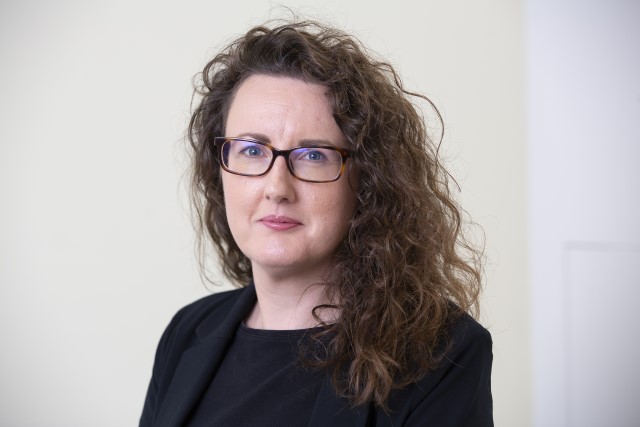Bridging the gap to engage with patients
14 December 2021
Rachel Heatley, GOsC Senior Research and Policy Officer, reports from the Professional Standards Authority Symposium which brought together health regulators to consider how we can bridge the gaps within the patient safety system and hear the patient voice
I was delighted to be given the opportunity together with Sandra Frost, one of our patient representatives, to together open the first day of the Professional Standards Authority for Health and Social Care’s (PSA’s) virtual three-day symposium last month on 8 November.
In front of an audience of more than 50 senior representatives from across the health regulation sector, our aim was to champions osteopaths and osteopathic regulation which is now leading the way in patient partnership in health care and regulation.
Working towards a co-production model
We highlighted how important patient partnership is to osteopaths and to GOsC as a regulator. We spoke about the work we’ve been doing to ‘bridge the gap’ (which was the theme of the symposium) between GOsC and patients focusing on the ambitious agenda we’ve set ourselves to strive towards a co-production model of patient engagement.
Sandra and I shared key learning that we have gathered from patient leaders and Patient and Public Involvement (PPI) experts. We explained that, based on the advice we have received from the experts, we’ve adopted an approach founded on psychologically informed and patient-centred engagement which supports better experiences for both patients and practitioners.
Sandra, a member of our Patient Involvement Forum and a former patient at the London School of Osteopathy’s clinic, shared her invaluable insights and made a clear case for more patient involvement in health regulation. She spoke eloquently about her experiences of working in NHS drug services and the positive impact the sharing of patient views can have on health services, as well as her positive experiences of holistic care at the London School of Osteopathy and her time engaging with GOsC.
It was clear from Sandra’s experience that there are patients who want to be engaged in shared decision making with osteopaths. In Sandra’s case it has helped her feel empowered and informed and, ultimately, has led to a better health outcome.
Embedding the patient voice
Since June 2020 our approach to patient involvement has moved from a traditional model of listening and consulting with patients via surveys on a small number of topics. We are now working towards meaningful patient partnerships where we focus on to ensuring that the patient voice is at the heart of osteopathic regulation, standards and care.
We’ve already come a long way. In early 2020 we worked with a very small pool of patients who regularly engaged with us, whereas now we have almost 30 patient representatives from all walks of life involved in a wide range of our projects.
This year, for example, our patient representatives have helped develop the draft update to our guidance for osteopathic education; they’ve shaped our communications and engagement strategy; and heavily influenced our approach to equality, diversity and inclusion, to ensure that our perspective enhances more inclusive and better-quality experiences of care for patients.
Other presentations
Also presenting at the Symposium on the first day were Rebecca Hilsenrath from the Parliamentary and Health Service Ombudsman and Matthew McClelland, from the Nursing and Midwifery Council.
Rebecca reflected on how patient feedback can be captured and acted upon to spot and address potential harm; while Matthew discussed the three-way collaboration between the General Medical Council, Nursing and Midwifery Council and The Care Quality Commission to improve maternity services by streamlining data sharing among the organisations.
Still much work to do
We emphasised to attendees at the Symposium, that although we’ve made good progress here at GOsC, there is still much more work to do.
Our aim is to involve patients at the earliest stages of policy and strategy development. There are several projects involving patients in the pipeline. These include fitness to practise and standards related work on transgressions of professional boundaries consultation activity on our draft guidance on the application of the osteopathic practice standards to adjunctive therapies and non-osteopathic work undertaken by osteopaths. We are also looking to involve patients, in a joint project with the General Chiropractic Council to support osteopathic (and chiropractic) educational providers so they are better equipped to involve the public and patients.
Next year, we are also hoping to pilot a range of tools to support patients and osteopaths in shared decision making to continue our journey as a regulator in working towards patient partnership and to support osteopaths in doing so too.
We have seen great benefits already from our own work involving patients but this is very much an iterative process, in which we continue to learn as we go along.
We hope, and plan, to continue to learn from our patients and from others and to share our learning with the osteopathic profession and more widely.
- If you have any patients who you think would like to get involved, please refer them to our Patient Involvement page.
- The Professional Standards Authority have written an overview of the session for anyone that missed it and would like to catch up.




